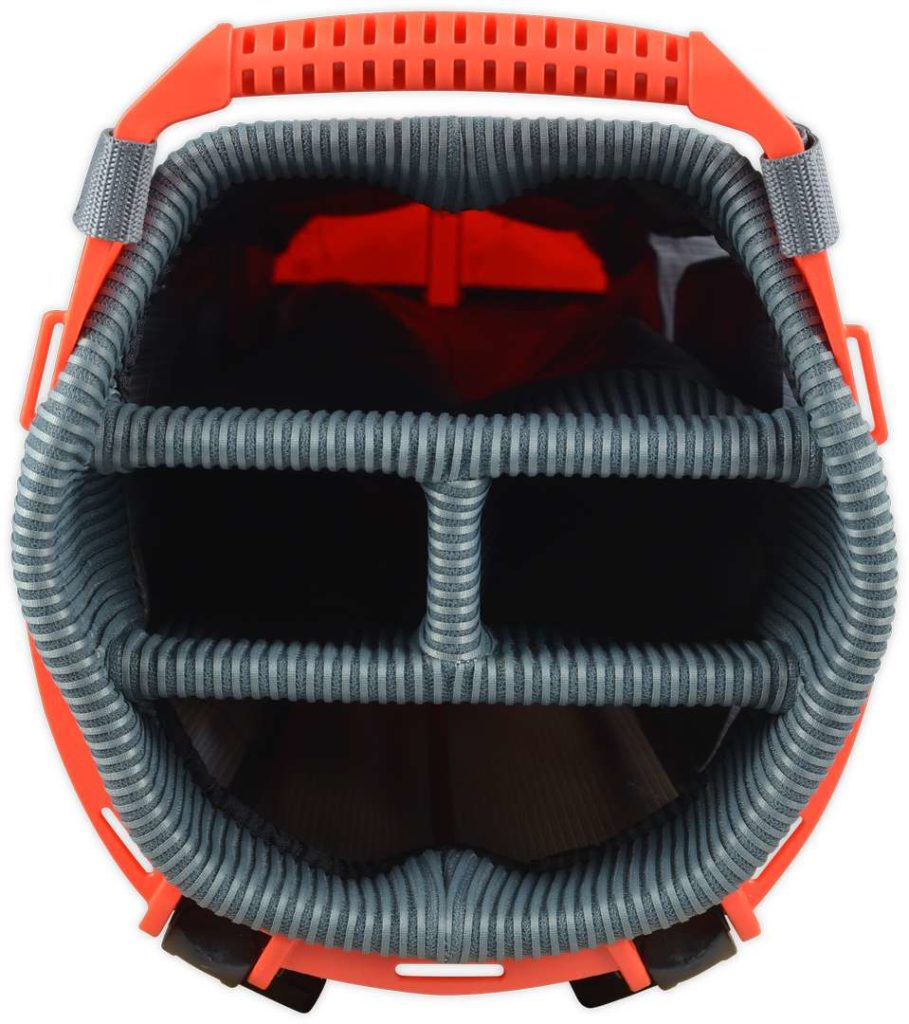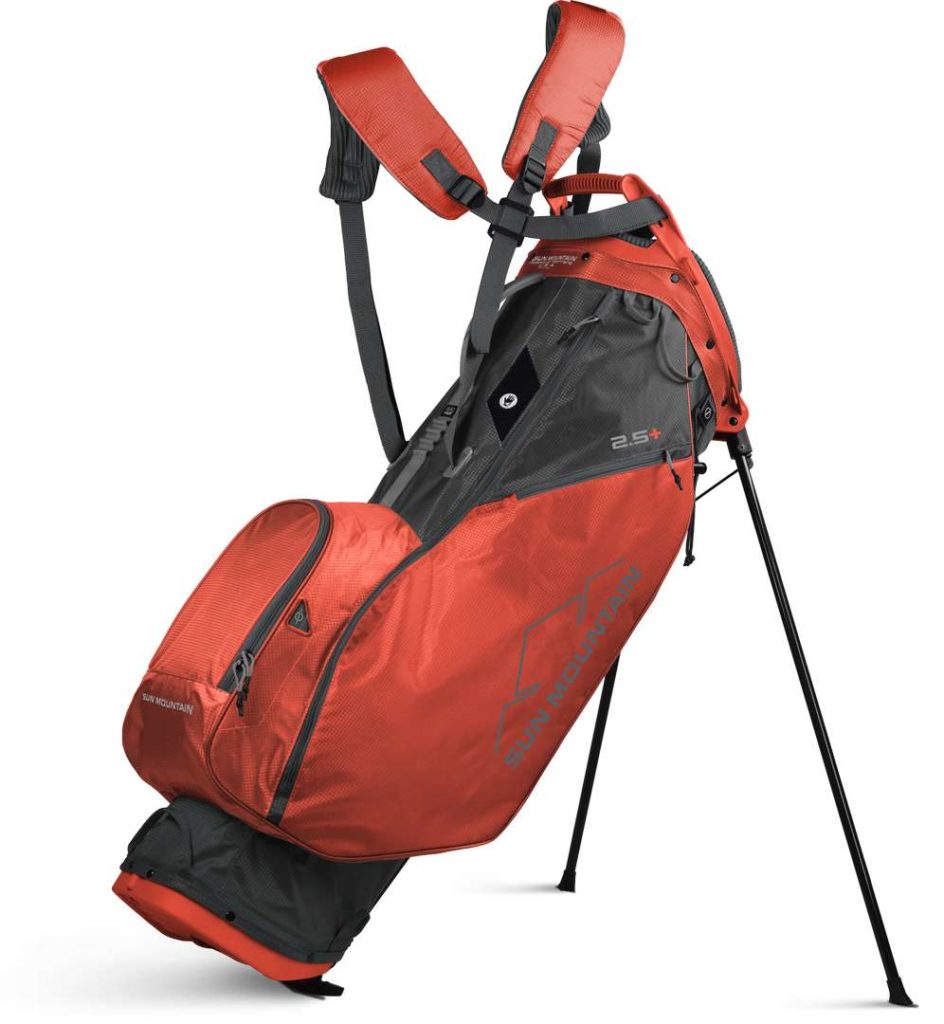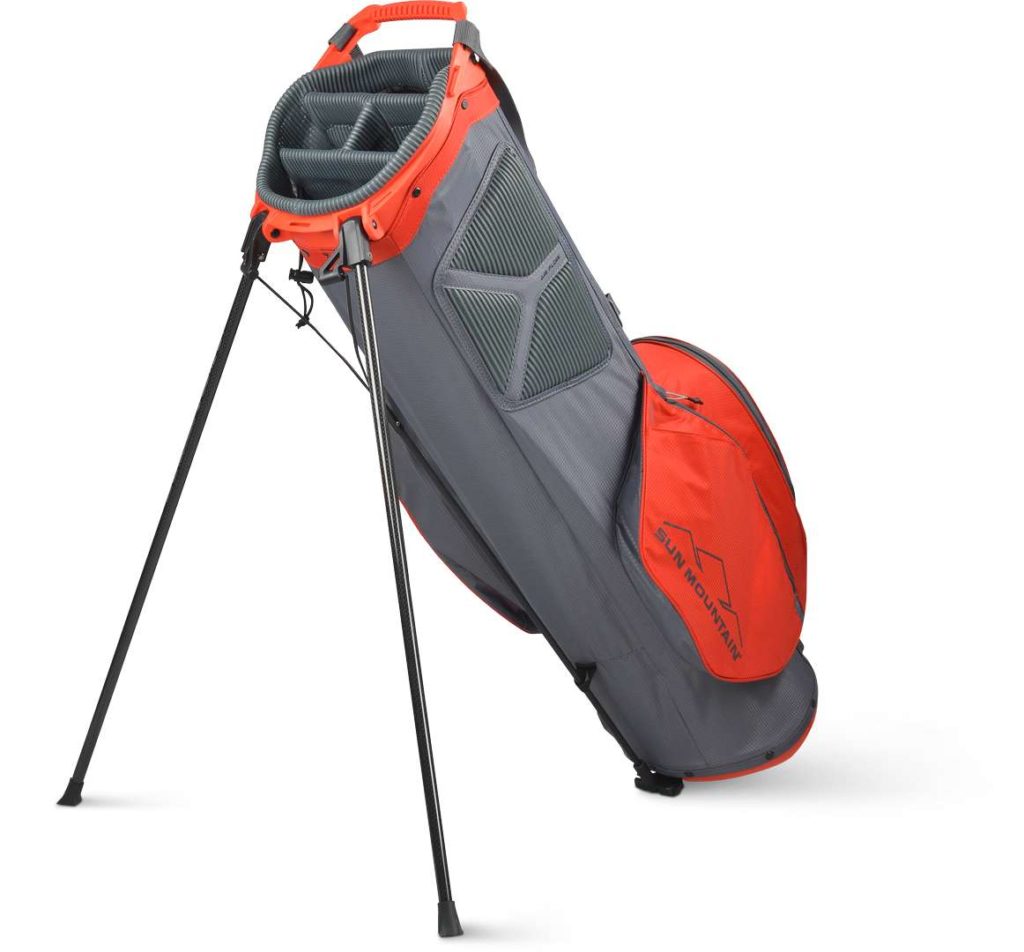When it comes time to purchase a new golf bag, it can be overwhelming. Every company promises to have the newest and greatest developments in the golf bag industry. It can be confusing what features you need to focus on. To make it easy, we’ve made a list of the 15 things to focus on.
Defective Policies:
This is an important factor. It is important to know whether a company will stand behind their product. It is important to know if the manufacturer issues replacement golf bags or repairs them. Can you get extra parts for a stand bag leg if it breaks? How long is the warranty? A company should provide clear answers to these questions.
Full-Length Dividers:
Once unique to high-end bags only, this feature has become standard. Some bags now include a center full-length divider with six compartments instead of the standard three.
Graphite Shaft Protection:
The most common style of graphite protection is fur. For the most part, it works more adequately; however, sand can stick in the fur and still harm the shaft coating. Newer advances such as felt, fabric, and treated rubber linings have taken this feature to new levels.

Straps:
The walking motion is one that goes up, down and forward. It can cause a lot of shoulder strain carrying a bag. It’s important to find a bag that has straps with proper support and padding. This is especially important to someone with injuries or back ailments.
Legs:
The type of legs found on stand bags is as far-reaching as they are. Nothing can alter the weight of the bag more nor be more frustrating if they don’t work. Most legs are made made of fiberglass, graphite, or plastic. Some heavy metal legs are still found on the market. Leg durability is an important question to ask.
Name Brand:
To buy or not to buy a logo, that is the question. Names such as Ping, Titleist, and Sun Mountain carry weight in the industry and their logo does the same for bags. Name brand bags have the promise of a reputable brand behind them. However, you usually pay more for that brand.

Options:
Examples include multiple handles to make it easier to get the bag out of your car, putter pits designed to keep the putter sperate from the rest of the clubs, ribbed dividers to keep the clubs from sloshing back and forth inside the bag, accessory drawers that can be pulled out and loaded with supplies, pockets that have been lined like water cooler for beverages, and velcro straps that can hold a glove on the outside of the bag when not in use.
Pockets:
Many bag companies are adding versatility to their design by allowing pockets to be zipped on and off. One major pocket to check out is the largest garment pocket – see if it has a travel/rain hood inside!
Quick Clips:
Check to see if the bag utilizes clips to attach the top and bottom of the strap to the bag, Are they metal or plastic? How adjustable are they? Especially on the cart bags, the ability to easily take on and off the bag strap is an important selling point.
Stitching:
Most important to the structural soundness of the golf bag. Look for double stitching around the top and bottom cuffs of the bag. Certain companies use loop or lock stitching so that if one stitch comes apart, it will lock and keep the rest from popping out. Check out the density and strength of the lines used to stitch the bag. They should LOOK durable!

Retailer:
Who are you purchasing the bag from? Is the retailer trustworthy? What are the retailer’s store policies? Are you purchasing the bag online? Is the bag being shipped? Who is shipping it? There are a lot questions that should be asked even if you’ve decided what bag you are wanting to get.
Weight:
Unloaded bags can start as light as 2.5 pounds and can weigh as much as 25 pounds. The lighter the bag, the easier it will be to carry. Remember, with weight comes important durability features such as tube linings and full-length dividers.
Zippers:
At last, the final feature. Zippers, along with stands, generally are the first to give out on bags. Find out if the bag has self-healing zippers. Are they metal or plastic? Do they have pull-tabs attached so it’s easier to grab the zipper handle? And finally, are there storm flaps covering the zippers so they’re out of the weather?

